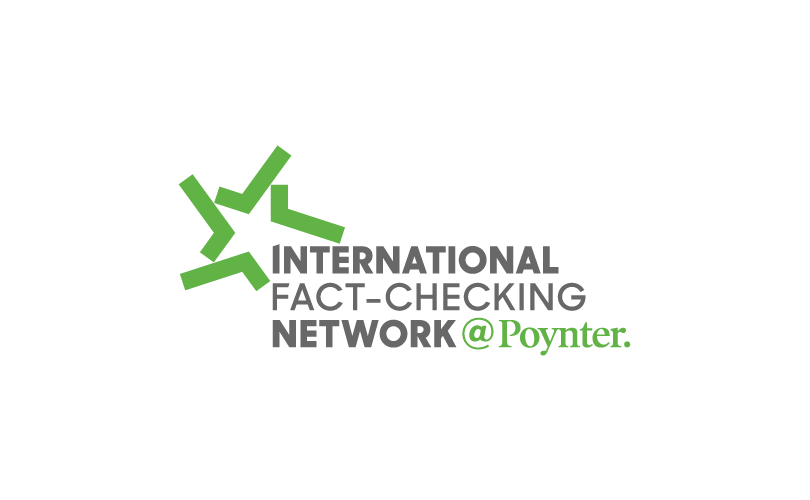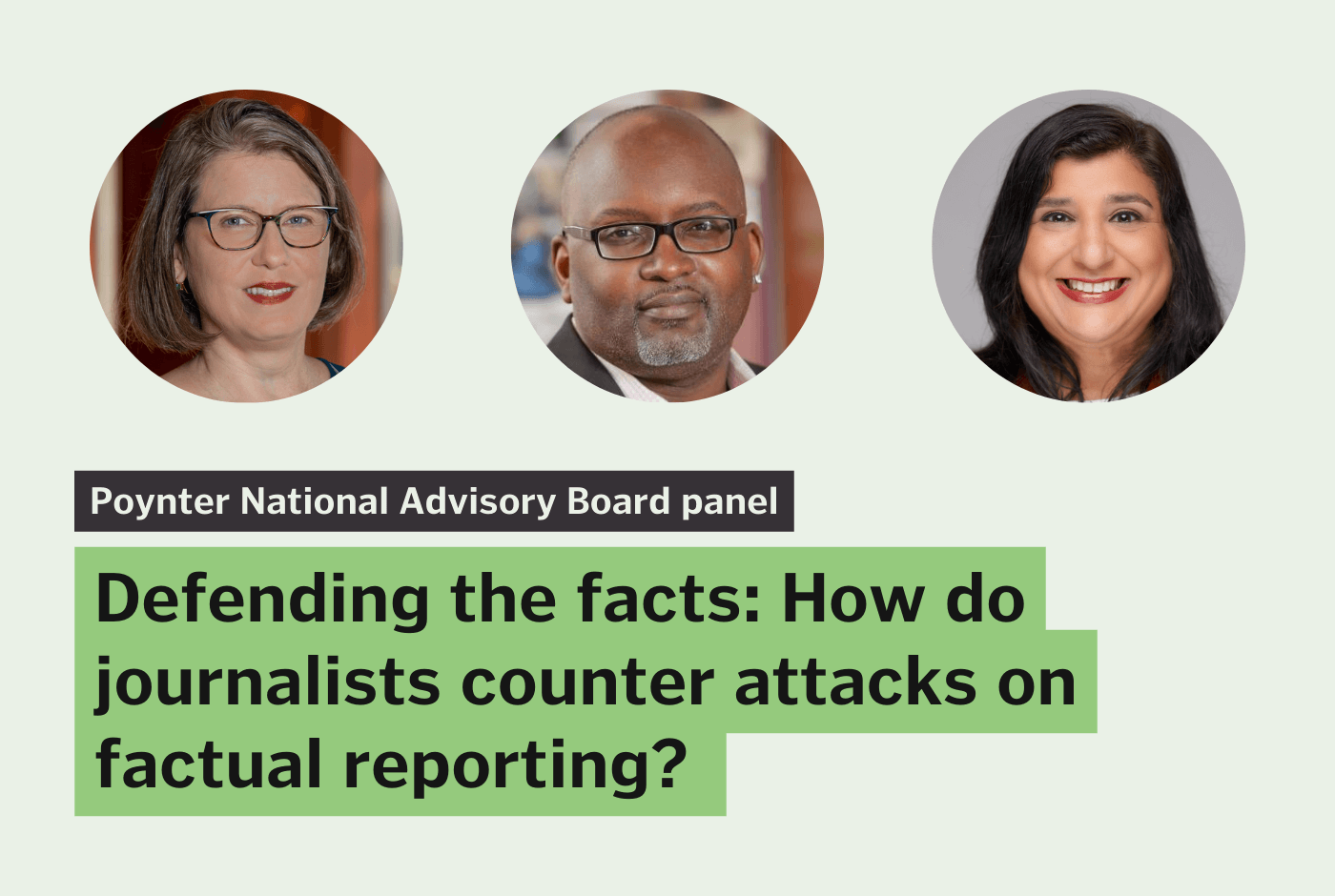Do you memorize your script before turning on the camera? This week's tool will make sounding coherent on screen much easier.
Hare: Hi, Ren!
LaForme: Hey, Kristen! How’d you like taking a turn at the wheel of the tools chat last week?
Hare: It was fun, but I felt the weight of being the all-knowing tool person and am happy that we magically shifted back into our normal roles. And that’s the perfect transition for this: What are we talking about this week?
LaForme: Readers might start to think I’m obsessed with video, but we’re going to look at another video tool this week. When I realized I’d be recommending yet another one, I sat down and had a think about why I keep going back to them.
I think it’s because they tend to be the most democratizing. Think about all the stuff you used to need to pull off half-decent video. A good camera. A nice lens. Professional lighting. Professional editing gear. There was such a high barrier for entry that very few people tried to do anything big.
We’ve seen these tools come along and start to diminish the need for all of that expensive stuff. This week’s tool knocks out a few of those things, but the biggest one it takes aim at is the TelePrompTer. Is that how that’s capitalized? I can never remember.
Hare: Oh brother. That’s fancy. What is this tool called that takes on this thing that requires three capital letters?
LaForme: It’s called the BIGVU Teleprompter app and it makes reading a script while filming a video so easy. All you have to do is load up your script, line up your camera and hit record. It’ll play the script over the recording for you, so you can read it as you record, but the script doesn’t appear in the final recording.
There are built-in settings to speed up or slow down how fast the text appears and you can adjust the font size for if you’re standing far away. It’s pretty darn handy.
Hare: Question: Our colleague Sara O’Brien has been making some great videos lately. Is she using this tool? I’ve been struck by how well the people on video are staying on message.
LaForme: She’s actually using a standalone iPad on a tripod with some type of fancy app that came with another rig of gear. It works really well, and it’s way less expensive than a typical TelePrompTer setup would cost, but it’s still significantly more than the couple bucks a month BIGVU Teleprompter charges you to use its service.
Hare: Another good transition: How much is this? And what operating systems does it work with?
LaForme: There’s a free version, but if you use it you’re stuck with their watermark in the corner and a couple of limitations. Nine bucks a month, or 50 bucks a year if you pay upfront, scrubs the watermark, adds some automatic subtitling, unlocks some of their built-in editing tools, lets you add logos and colors and turns on some cloud-based web functionality. I sneezed a bit at the price at first, but you actually get a good amount of stuff for it.
It’s available for both iOS and Android, which is pretty cool. It’s a little hard to support the variety of Android phones out there so you tend to see these types of apps only available for iOS.
Hare: And who do you see using this? It seems like it would be great for one-man/woman-band journalists.
LaForme: It’s definitely great for those folks who have to do it all. And isn’t that really most of us these days?
My first internship was with a scrappy broadcast station where the reporter had to set up the camera, shoot B-roll and do stand-up shots all on her own. I remember watching the folks I worked with try to memorize their scripts and film themselves in the few short minutes they had before the boss called to ask when they were coming back. I can’t imagine how much easier it would have been if they had this available.
Anyone who is interested in recording a video with a reporter doing a stand-up, sort of explanation video should give this a try.
Hare: Now the question you dread: What do you not love about it?
LaForme: It seems like BIGVU wants its users to do it all within this app. But I use a lot of other tools both on my phone and on my laptop when I’m doing video projects. I’d like the option to be able to work a little more seamlessly with those, or at least for this app to pick up some of the slack there. It doesn’t have any tools to fine tune things on the camera like exposure, for example.
Other than that, it’s tough to beat, especially since you get to try most of the features on the free version before you decide to commit. And you can get away with a lot even if you never pay them a dime. We obviously want to pay people for their services but, you know, journalism ain’t full of wealth and all that.
Hare: This is very useful, thanks for sharing it! So next week we have a slight programming change, right?
LaForme: It’s Thanksgiving! We’ll be off stuffing ourselves. I hope all of you get to, too.
Hare: Exactly. And we’ll be back on Friday with our next tool. It’ll be just the thing to shake the tryptophan off. Before we go, you’re looking for tools people are thankful for, right? What do you want to know and what’s it for?
LaForme: Yes! Before I explain, I should thank Eric Newton and his class at Arizona State University for writing about this week’s tool. They do a great job of testing out new tools for journalism every semester. They published a great list last spring.
For next week’s newsletter, I want to know from journalists which tools they’re most grateful for. I’m personally super thankful for Tweetdeck, which offers all sorts of things that Twitter doesn’t have natively like scheduling, automatic updating and support for multiple accounts. It’s indispensable. Let me know what you couldn’t do your job without.
Editor's note: This is the latest in a series of articles that highlight digital tools for journalists. You can read the others here. Got a tool we should talk about? Let Ren know!







